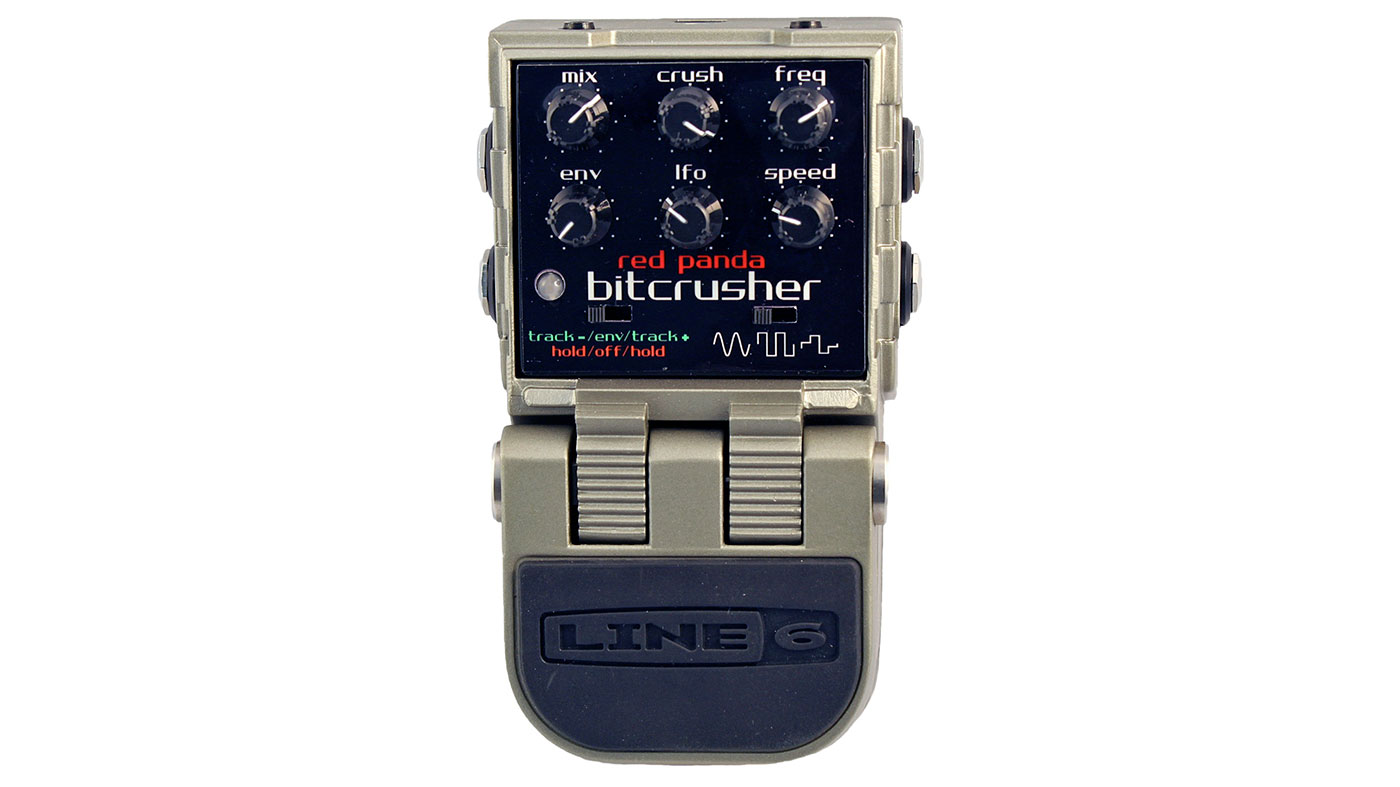
The founder of Detroit’s Red Panda discusses the art of organised chaos in the realm of DSP…
1. What was the first pedal you built and how did that particular design come about?
“The first Red Panda design was a bitcrusher custom module for the Line 6 ToneCore pedal range. Prior to that, I was working full-time in software engineering and writing software synths, and I just got tired of sitting in front of the computer for 16 hours a day.
“I went to school for electrical engineering and the ToneCore pedal was a good way to get back into hardware. In terms of ground-up design, the Particle was the first Red Panda branded pedal. Red Panda started in 2009 and the Particle was released in 2011.”
2. What do you think it is that makes Red Panda unique?
It was about taking a very academic approach to manipulating sound, but then putting it into a pedal that was intuitive
“We manufacture DSP-based pedals for experimentally minded musicians. I try to design algorithms that behave in an organic and natural way - effects that can warp, twist and bend your sound in new ways, but still keep the underlying musicality. You can control the chaos.”
3. What’s your best-selling pedal and why do you think that is?
Get the MusicRadar Newsletter
Want all the hottest music and gear news, reviews, deals, features and more, direct to your inbox? Sign up here.
“The Particle is what we’re best known for. It might have been the first granular delay pedal. It was about taking a very academic approach to manipulating sound, but then putting it into a pedal that was intuitive, immediate and easy to use in a live setting. People have used it for very experimental stuff, but it’s also found its way into a lot of mainstream and pop music. People have found a lot of really interesting ways to use it.”
4. Which notable players/bands have used Red Panda effects?
“Everyone finds their own way to use our stuff. We just love working with people who are doing interesting things with our products, regardless of how commercial or well-known they are. It’s just been amazing to hear what people have done with our pedals. A lot of well-known musicians have used our products and we list some on the website, but we don’t have an endorsement programme.”
5. Is there anything new on the horizon with Red Panda that you can tell us about?
“Version 2 of the Particle is now in production. We’ve used a more powerful processor, so I’m able to expand the control range, and we’ve focused on making it easier to use on a pedalboard. In early spring 2019, we’ll be shipping version 2 of our Context reverb pedal. It has a full USB implementation, two independent reverb engines you can switch between, more tone controls and a couple more modes, and it’s smaller.”

6. Tell us a secret about effects you’ve discovered...
“Our ears are very good at detecting small details. A lot of experimental effects can be used in very subtle ways to create a sound that is just twisted or different enough to catch the listener’s ear and make them focus a little more on the song. You don’t have to use the full range the effect provides - you can dial it back until it’s just a little bit beyond the norm.”
7. What’s your best tone tip?
A lot of smaller builders are doing really interesting and innovative effects right now - sounds that go beyond traditional
“Experiment with putting EQ in the signal chain. An EQ either before or after a distortion, for example, can give you so much more control - it can really change the nature of the effect and help shape your sound. Also, in a live context, you can dial it into its own frequency space so that it fits into the band mix better.”
8. What new pedal triggers your GAS most now?
“A lot of smaller builders are doing really interesting and innovative effects right now - sounds that go beyond traditional and add something new. I like what Roger Linn does from a design perspective and the way he runs his business.”
9. What’s your favourite vintage pedal and why?
“I like some of the early digital effects, like the DigiTech [XP300] Space Station. It’s a pretty experimental pedal, but it’s very musical and was really pushing the limits of what you could do with digital at the time. I love the sound of old Alesis MIDIVerbs. Because of the lower bit resolution, they have a little bit of grit and character that helps the sound fit into the mix in an interesting way.”
10. What are your favourite effects moments heard on record?
“Nels Cline does some amazing things with both old and new effects. It’s improvisational and experimental, but still very musical and with enough groove and melody to latch onto. Nick Reinhart [of Tera Melos] is doing some amazing work right now, too, in terms of exploring interesting sounds and textures that work within the context of the song.”

Guitarist is the longest established UK guitar magazine, offering gear reviews, artist interviews, techniques lessons and loads more, in print, on tablet and on smartphones Digital: http://bit.ly/GuitaristiOS If you love guitars, you'll love Guitarist. Find us in print, on Newsstand for iPad, iPhone and other digital readers












